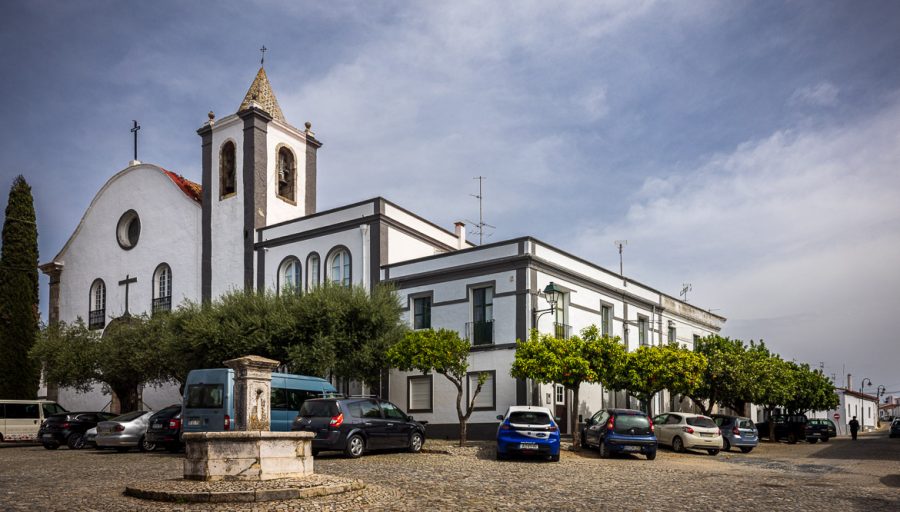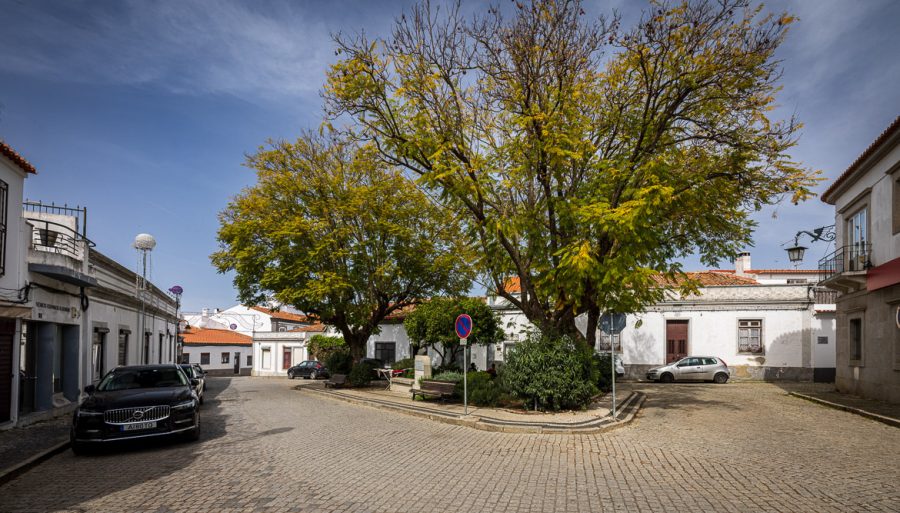Mértola
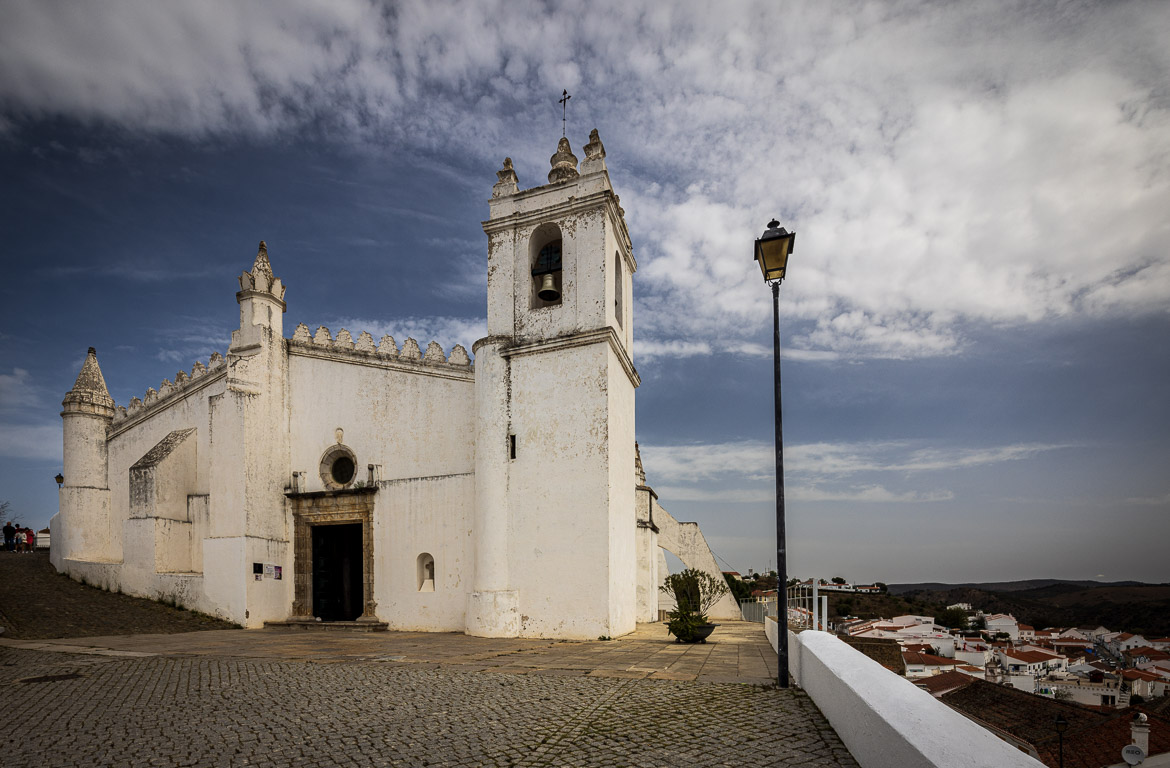
Mértola is a small town at the southeast of Portugal. It has less than 3,000 inhabitants. It has been inhabited since the Iron Age. Mértola sits on the northernmost navigable part of the Guardiana river, which for a long part runs along the border between Protugal and Spain until it meets the sea in the south. Therefore, it became an important trading port and commercial centre and because of its location on a hill could be easily defended.
The Romans called it Myrtilis Julia and via the river it was connected to Hispania and the Mediterranean. Around 711 it was invaded by the Moors who kept it until 1238, when King Sancho II reconquered it. It then played a vital role in the reconquest of Southern Portugal.
The castle at the top of the hill was originally built by the Moors but most of the present castle dates from the Reconquista time including the tall keep.
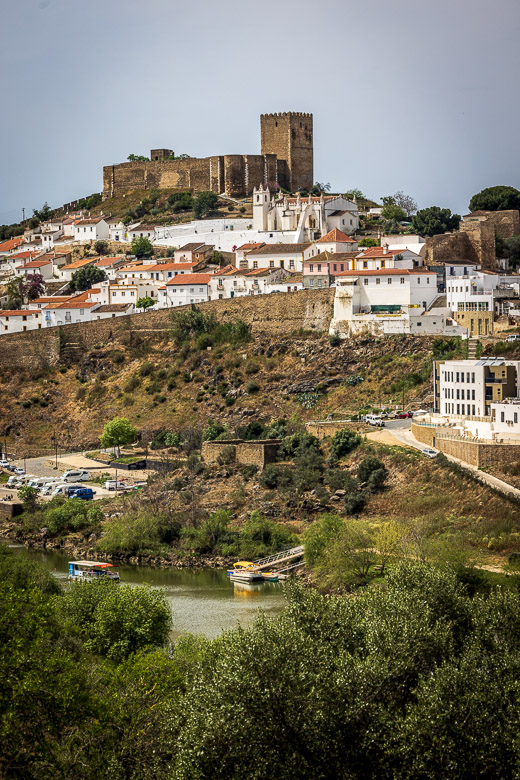
During Moorish time the inhabitants lived mainly within the castle walls, but they spread later occupying the area immediately around the castle. Just below the Moorish walls is the parish church, Igreja de Nossa Senhora da Assunção. The church is on the site of the former mosque, and it has retained most of its Moorish features. It was built in the 12th C and consecrated as a church a hundred years later.
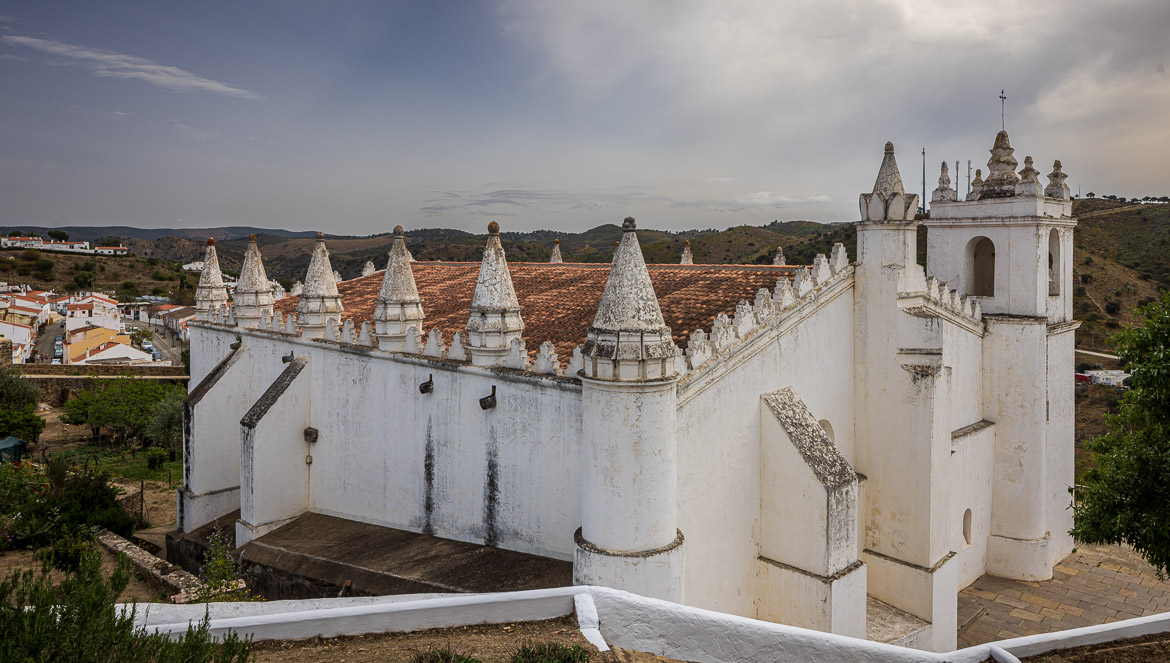
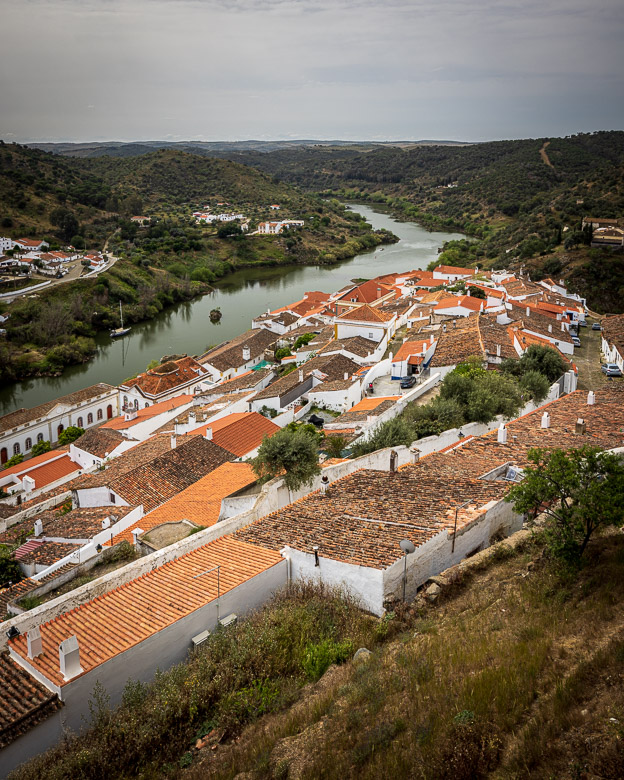
São Domingo Mines
After the 16th century Mértola faced a long period of economic stagnation until the discovery of copper in the São Domingos mines around 1850 brought a period revival to the area. São Domingo is situated 20 km or so east of Mértola close to the Spanish border. The mines were British owned and closed down in 1965. As a consequence of that the municipality of Mértola lost much of its population, who emigrated to other parts of Portugal or Europe.
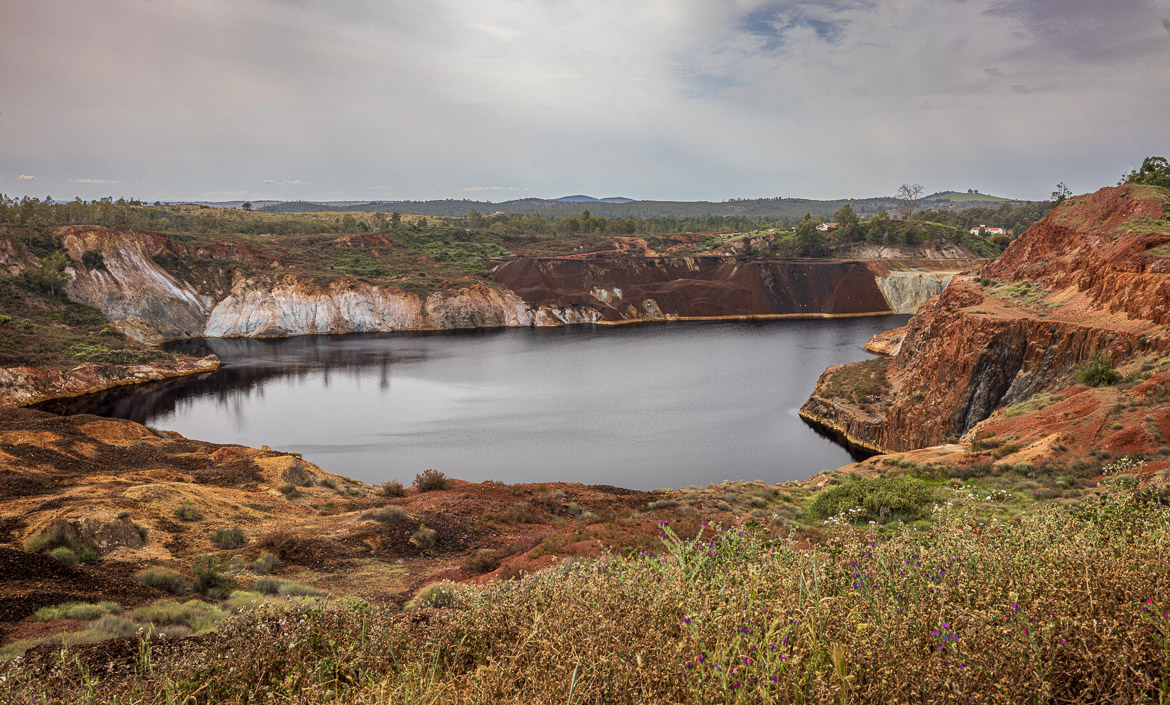
Serpa
Serpa is another hilltop town in rural Alentejo, about an hour north of Mertola and again quite close to the Spanish border. Due to this it has a small castle of Moorish origin, but rebuilt by King Dinis in the late 13thcentury and old walls protecting the town. Inside Serpa is very atmospheric with narrow cobblestone streets and white houses, but it was also very sleepy at our visit. We passed it and had a late lunch there on our way north along the hillside border towns of Portugal.
